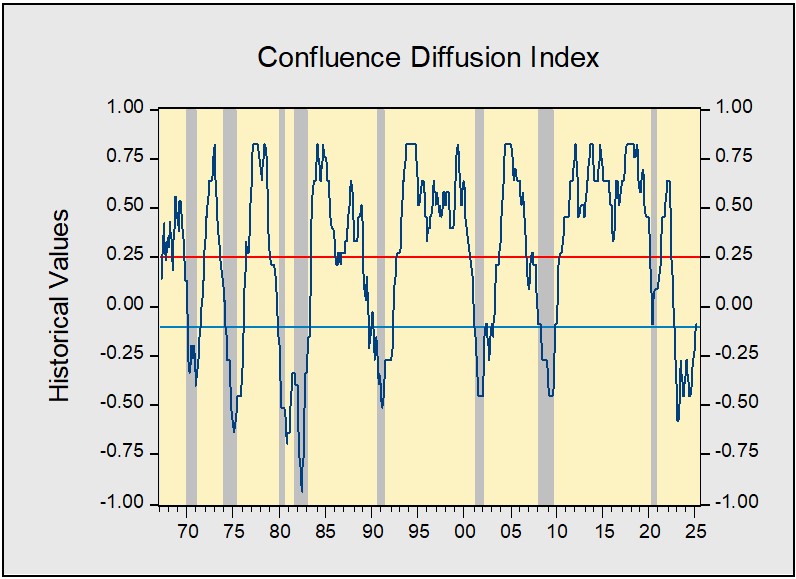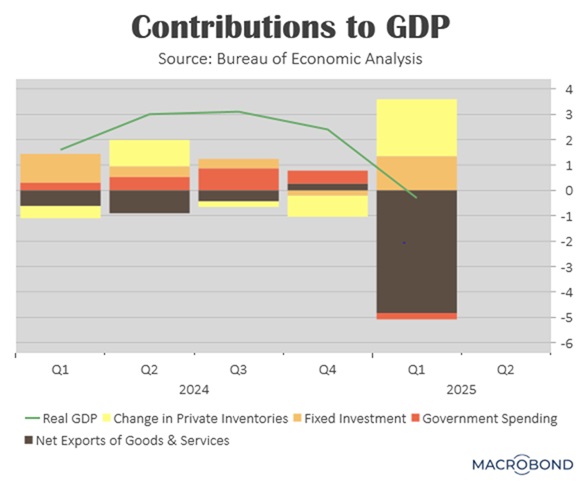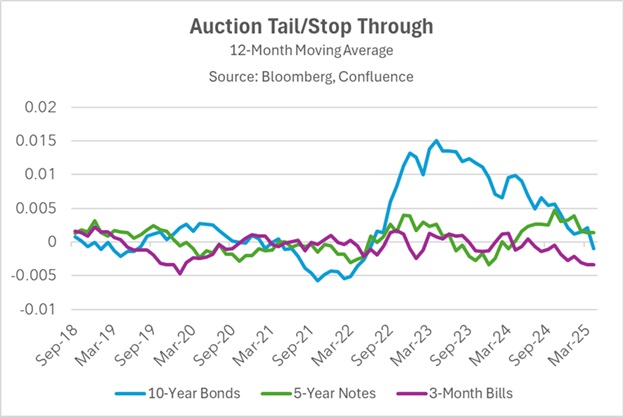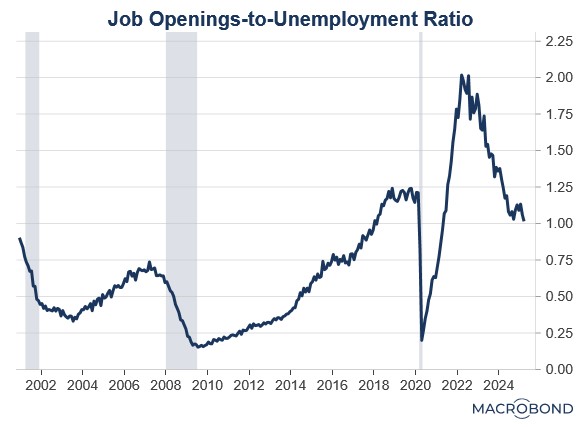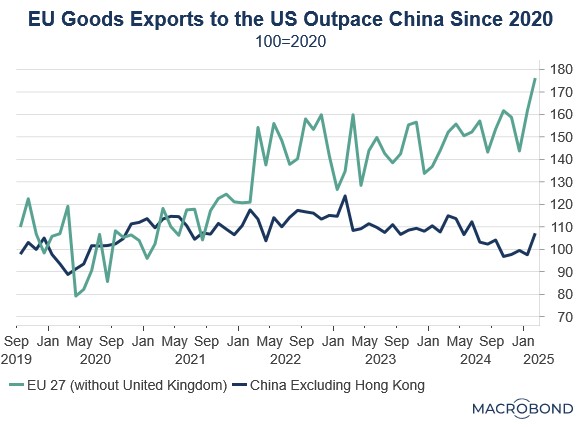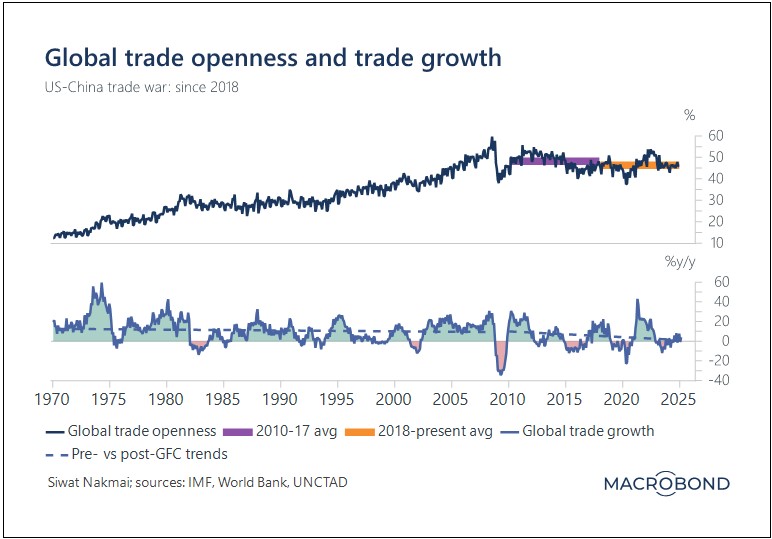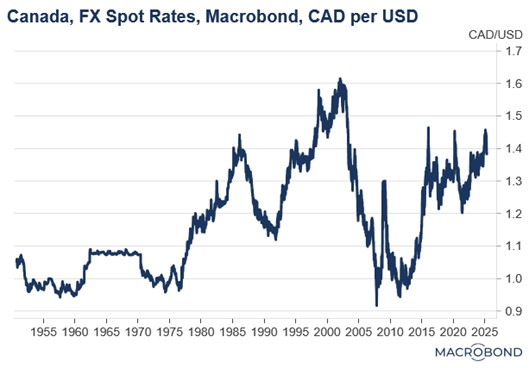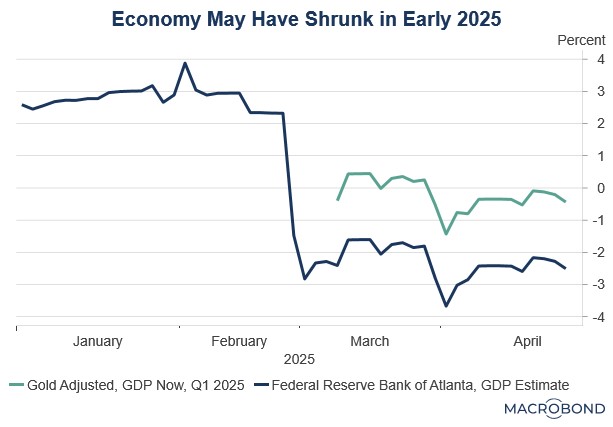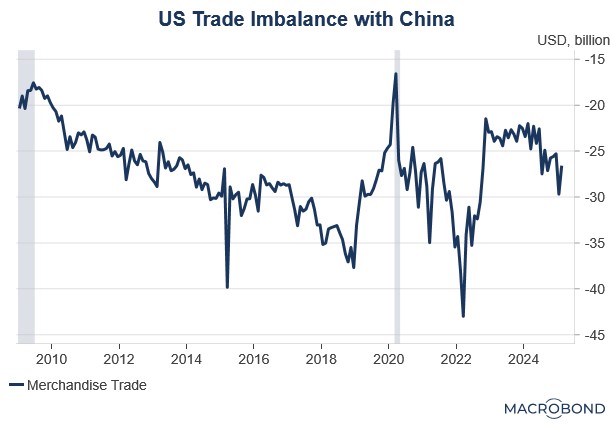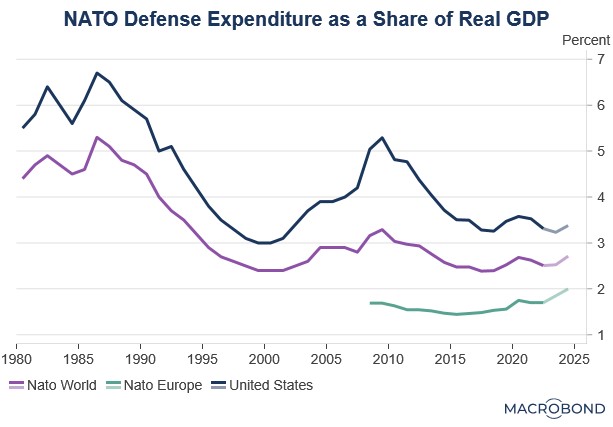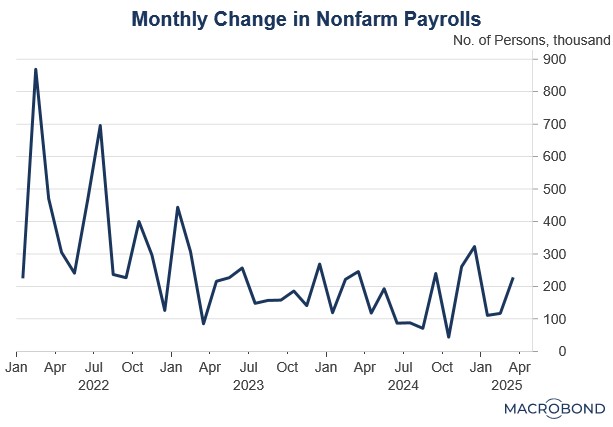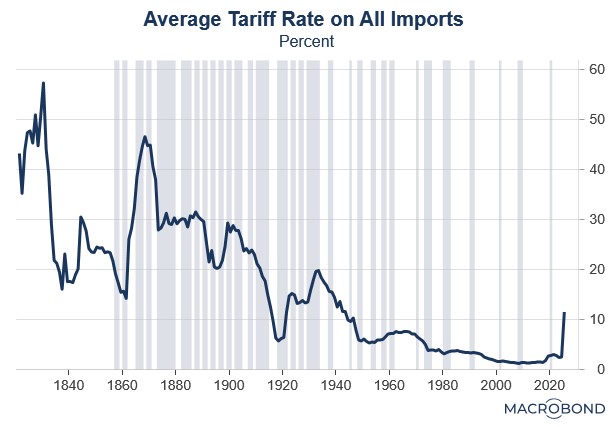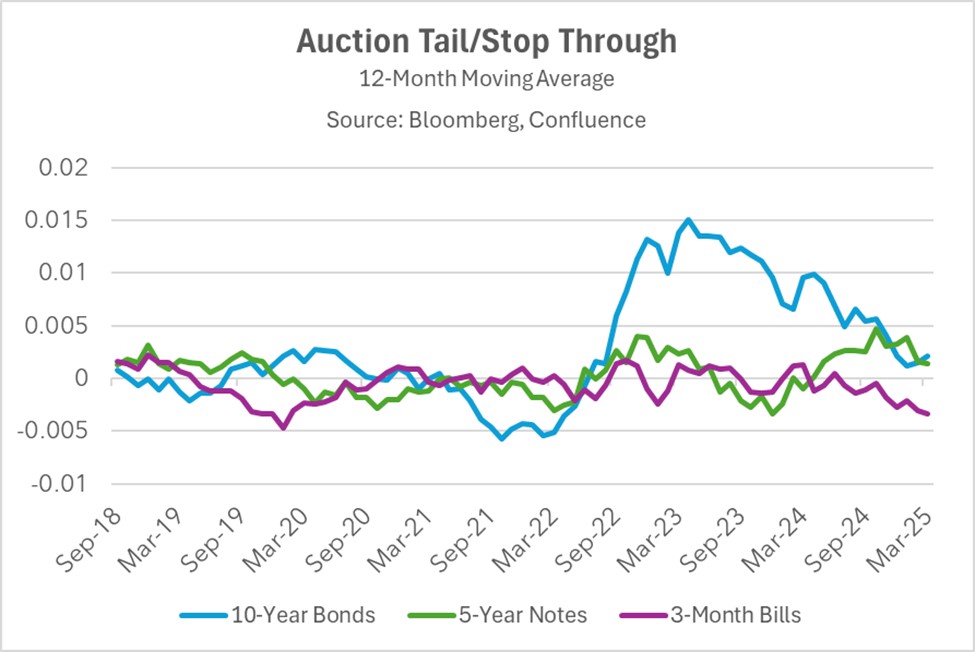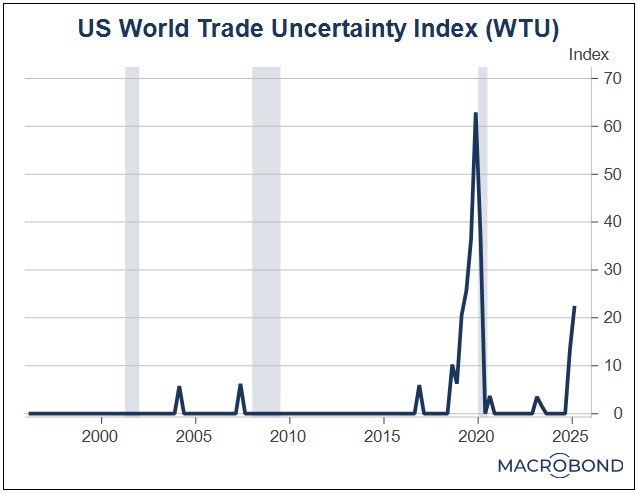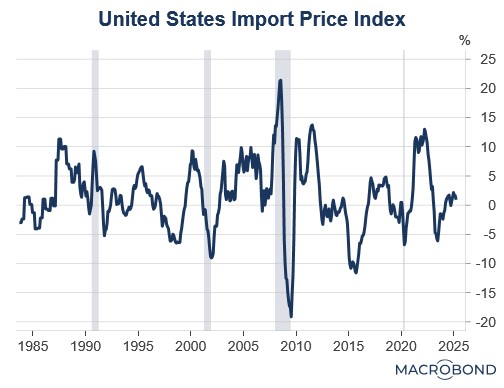by Thomas Wash | PDF
The business cycle has a major impact on financial markets; recessions usually accompany bear markets in equities. The intention of this report is to keep our readers apprised of the potential for recession, updated on a monthly basis. Although it isn’t the final word on our views about recession, it is part of our process in signaling the potential for a downturn.
The Confluence Diffusion Index for April, which encompasses data through March, remained slightly above the recovery indicator. However, the report showed that five out of 11 benchmarks are in contraction territory. Using March data, the diffusion index was unchanged at -0.0909 and above the recovery signal of -0.1000.
- Equity prices have seen a sharp decline in momentum.
- Construction activity shows marked deceleration.
- Labor market conditions are easing slightly but remain historically tight.
The chart above shows the Confluence Diffusion Index. It uses a three-month moving average of 11 leading indicators to track the state of the business cycle. The red line signals when the business cycle is headed toward a contraction, while the blue line signals when the business cycle is in recovery. The diffusion index currently provides about six months of lead time for a contraction and five months of lead time for recovery. Continue reading for an in-depth understanding of how the indicators are performing. At the end of the report, the Glossary of Charts describes each chart and its measures. In addition, a chart title listed in red indicates that the index is signaling recession.



